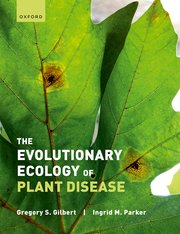 By Gregory S. Gilbert and Ingrid M. Parker This book Introduces the key biological aspects of plant-pathogen interactions framed by ecological and evolutionary theory. |
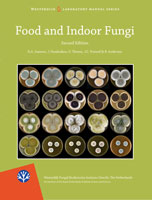 Edited by Robert A. Samson, Jos Houbraken, Ulf Thrane, Jens C. Frisvad, and Birgitte Andersen This book is a standard reference source for information on food and indoor fungi. |
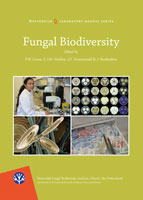 Edited by P.W. Crous, G.J.M. Verkley, J.Z. Groenewald, and J. Houbraken This laboratory manual focuses on techniques for isolation, cultivation, and molecular and morphological study of filamentous fungi and yeasts. |
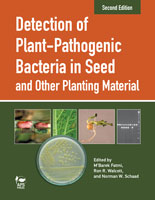 Edited by M’Barek Fatmi, Ron R. Walcott, and Norman W. Schaad Describes methods for detecting and diagnosing many of the world's most economically significant plant bacterial diseases found in vegetables, cereals, grain, legumes, grasses, and forages. |
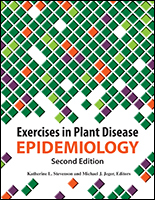 Edited by Katherine L. Stevenson and Michael J. Jeger Learn and practice the latest, most advanced methods for determining the spread and control of plant diseases with Exercises in Plant Disease Epidemiology, Second Edition. |
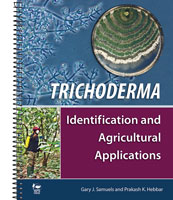 By Gary J. Samuels and Prakash K. Hebbar This definitive manual on Trichoderma identification and its applications in crop management is valuable to those who seek to use beneficial organisms in plant disease control or for improving crop performance. |
 By Kálmán Vánky 104 recognized genera of smut fungi are identified, described and illustrated, compared to the second edition, in which 77 genera are identified. |
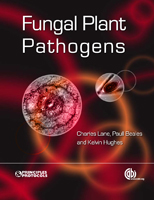 Edited by C. R. Lane, P. Beales, K. J. D. Hughes Covering the key techniques used when working with fungal plant pathogens, this practical manual - deals with recognition, detection and methods to characterize them well as curation, quarantine and quality assurance. |
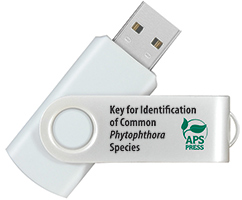 By Jean Beagle Ristaino This computerized key includes morphological and molecular characters that are useful for identifying 55 common Phytophthora species. |
 By Lakhdar Lamari Quantifies and measures plant diseases quickly and accurately at a fraction of the cost of general image analysis software. |
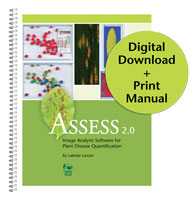 By Lakhdar Lamari Quantifies and measures plant diseases quickly and accurately at a fraction of the cost of general image analysis software. |
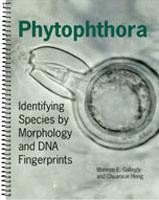 By Mannon E. Gallegly and Chuanxue Hong The genus Phytophthora, known as the "plant destroyer", is one of the most important group of disease causing organisms. The identification key enables diagnosticians to identify Phytophthora species with speed and confidence. |
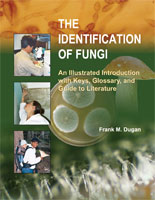 By Frank M. Dugan The one-stop resource for those who need to identify fungi—includes keys to classes, orders, and families; an illustrated glossary; hundreds of illustrations; and a guide to literature. More than 500 Illustrations! |
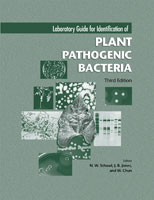 Edited by N.W. Schaad, J.B. Jones, and W. Chun Plant pathogenic bacteria identification has seen many advances, most notably polymerase chain reaction (PCR). This book features a list of available PCR primers and an appendix on Molecular Techniques. |